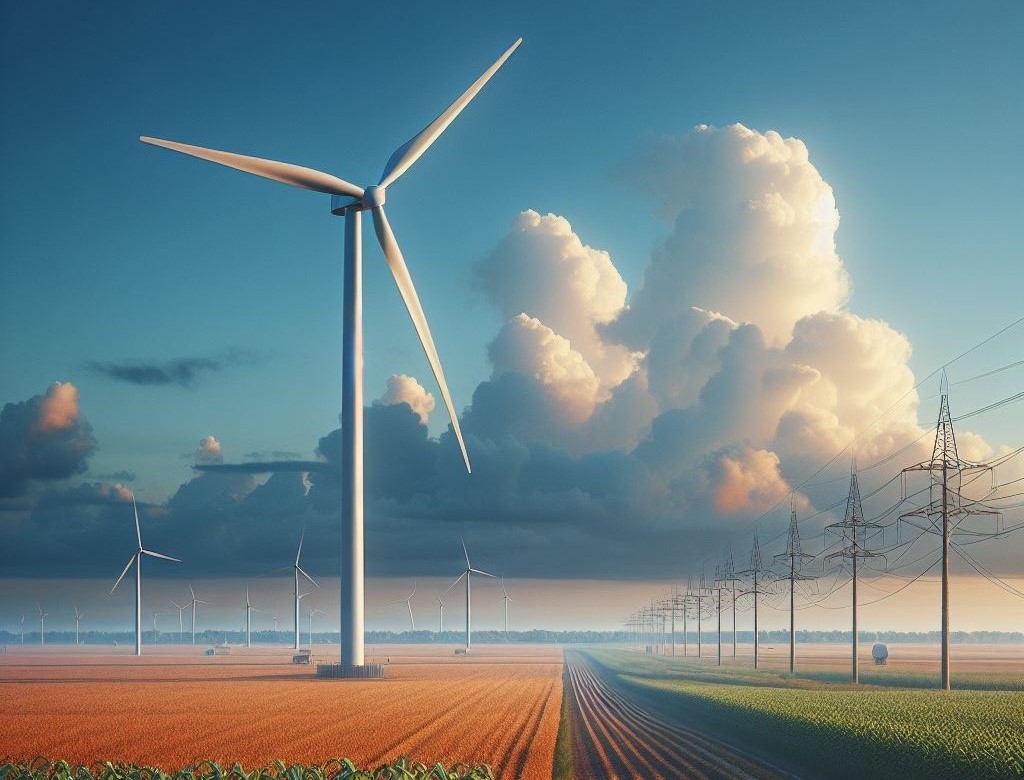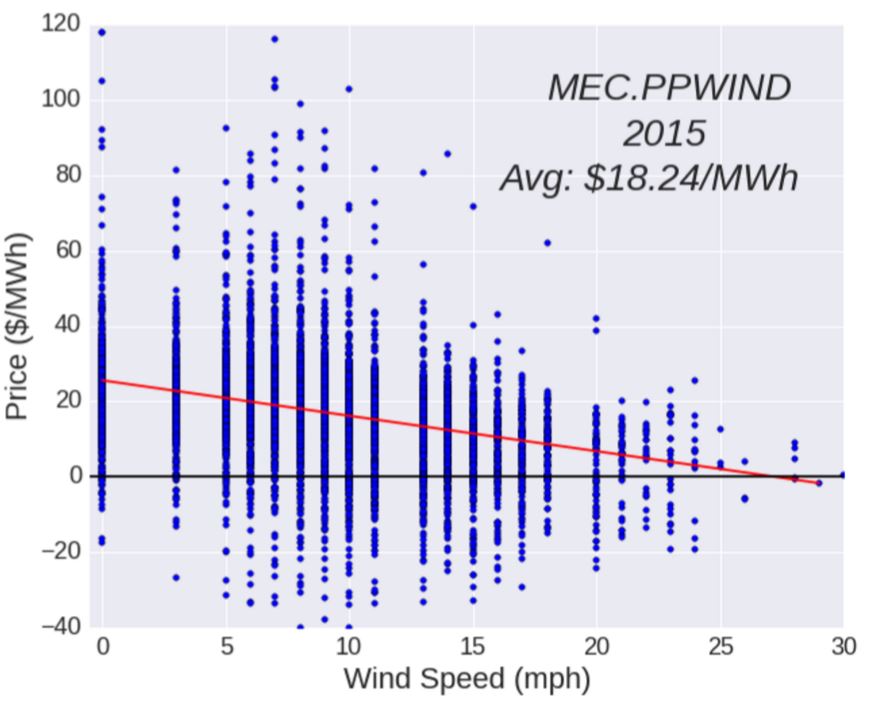We study energy prices to make better decisions about generation
While your utility probably bills you at a flat rate for every unit (kWh) of energy you consume, the price of energy is not constant. Many different utilities and third-party operators generate energy and they buy sell energy in real-time. When local demand is for energy is high (eg. during a hot summer day), prices will be driven up in order to secure more generation. When there is lots of generation, but low demand (eg. on a blustry day near an isolated wind farm) prices will be driven down. All of these prices are monitored and regulated by the Midcontinent Independent System Operator Regional Transmission Organization or MISO for short. They monitor the price of energy across a large swath of middle America. By studying their historical database on prices from 10's of thousands of nodes, we make actionable decisions to:



